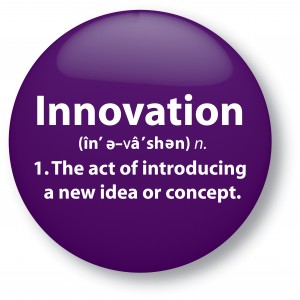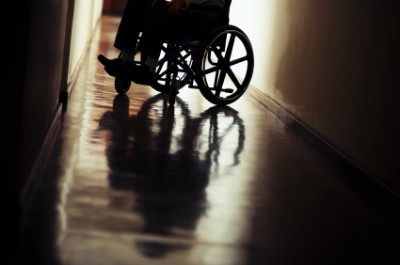 The Message is clear. “We need more innovative, person-centered tools to help those who care for our elders, especially those with dementia.”
The Message is clear. “We need more innovative, person-centered tools to help those who care for our elders, especially those with dementia.”
Our team returned from a whirlwind of fall conventions including the American Health Care Association, Leading Age, Harmony Healthcare International and many state conferences. Discussions among long term care leaders was a consistent theme of needed innovative tools.
While the industry is faced with many challenges, how we care for our elders remains a top priority. Thankfully, for many organizations the transformation to true person-centered care is taking hold. In order for successful integration and sustainable change, leaders must address these key areas:
- Person-Centered Care embraces individuality, life experiences, human value and relationships. Does your model of care and training address these components?
- Elder Care is Quickly becoming about Dementia Care. Is your organization realistic about how many residents or patients have some level of cognitive impairments?
- Engaging care practices and integrating a program are two different models. Programs engage all staff, embraced by leadership and have a much higher sustainability factor than haphazard practices. Programs are articulated as part of the company mission. Do you have some great practices but weak programs?
- Tracking competencies and performance is no longer an option. Programs that specifically address and provide innovation tools for improving communications and care processes must be measured. Is your organization prepared to track resident/patient experience, staff experience, family experience and business impact when innovative programs are put in place?
- Programs can differentiate your organization from others. Niche messaging to your prospective customers and families can improve reputation as a respected leader, improve employee retention and census. Has your organization defined it’s niche with programs and education tools that set you apart from others?
Looking ahead to 2017 leaders across the spectrum are reassessing their program, practices, and how to best serve their customers, families and staff. Initiatives that incorporate innovation, creativity, provide strong outcomes and measurable tools are desperately needed in today’s fast changing senior care arena.
See: Dementia Live™

 How Losing A Pet Is Much Like Losing a Loved One
How Losing A Pet Is Much Like Losing a Loved One